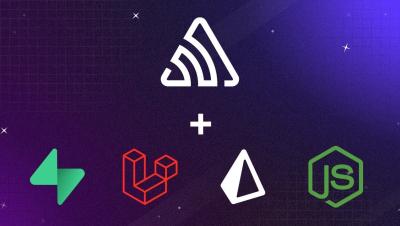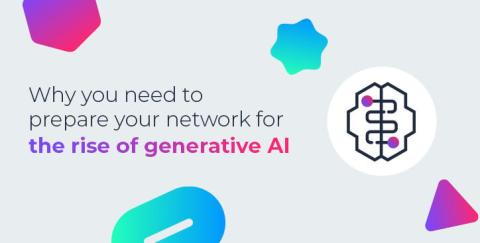Integration roundup: Monitoring the health and performance of your container-native CI/CD pipelines
Widespread adoption of containerized infrastructure has been closely followed by an explosion of container-native tools for each layer of the stack, including new solutions for managing CI/CD pipelines in container-based environments, such as the Argo suite, FluxCD, and Tekton. This is because these lightweight solutions make it easier to automate builds, testing, deployments, and more on Kubernetes, as well as other platforms that manage containerized workloads and services.











